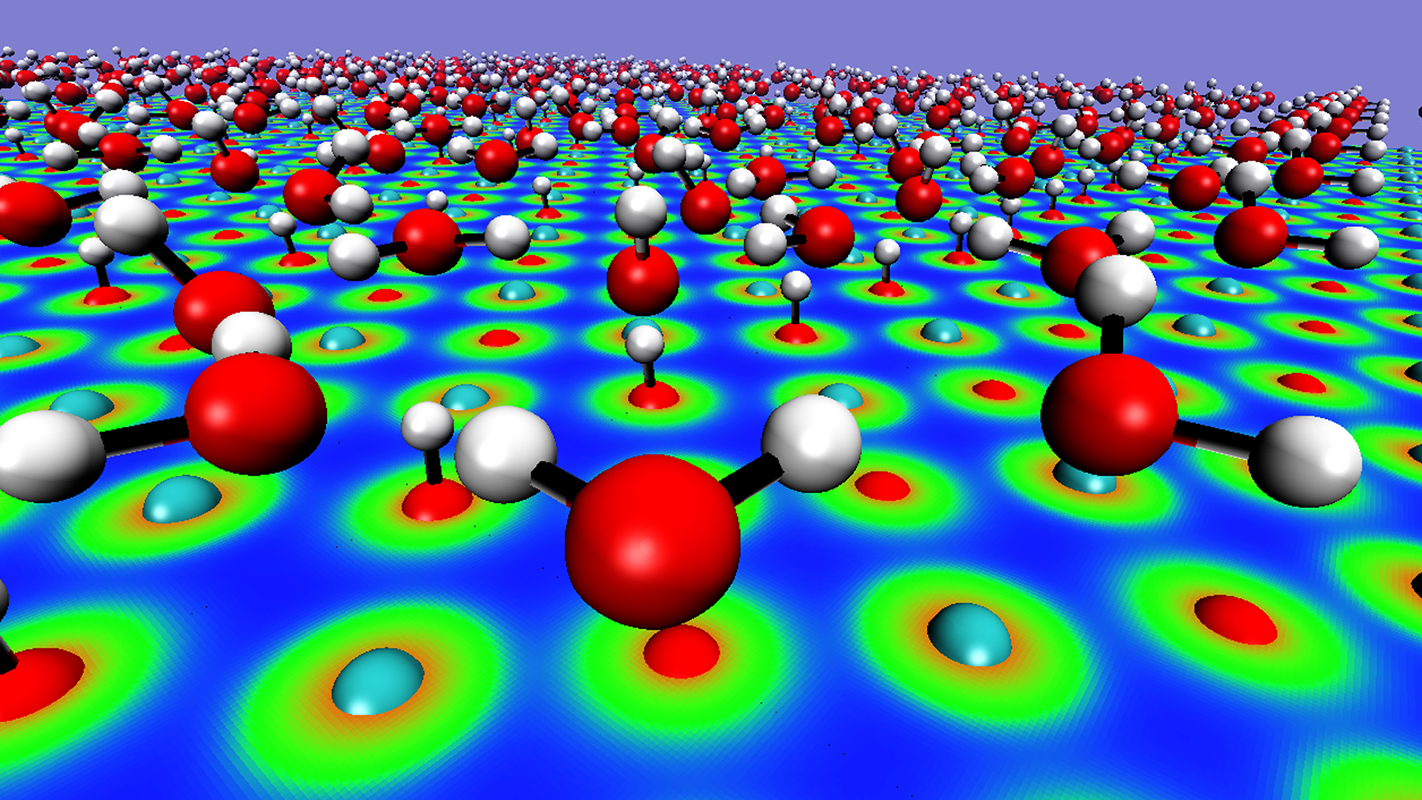modeling

Researchers Fix ‘Fundamental Flaw,’ Improving Pandemic Prediction Model
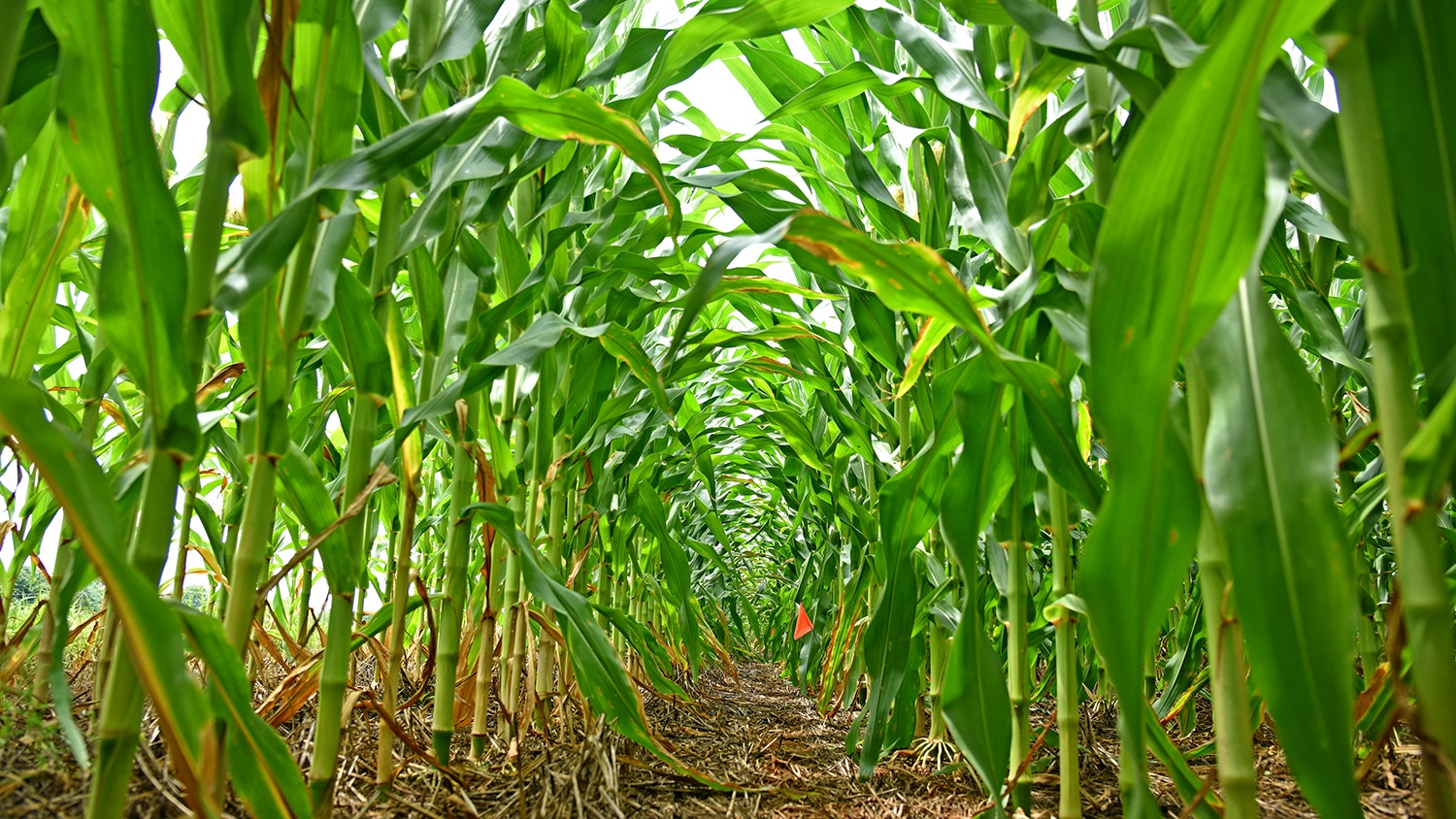
To Preserve Global Food Security, New Tools Needed to Prevent Plant Disease Pandemics
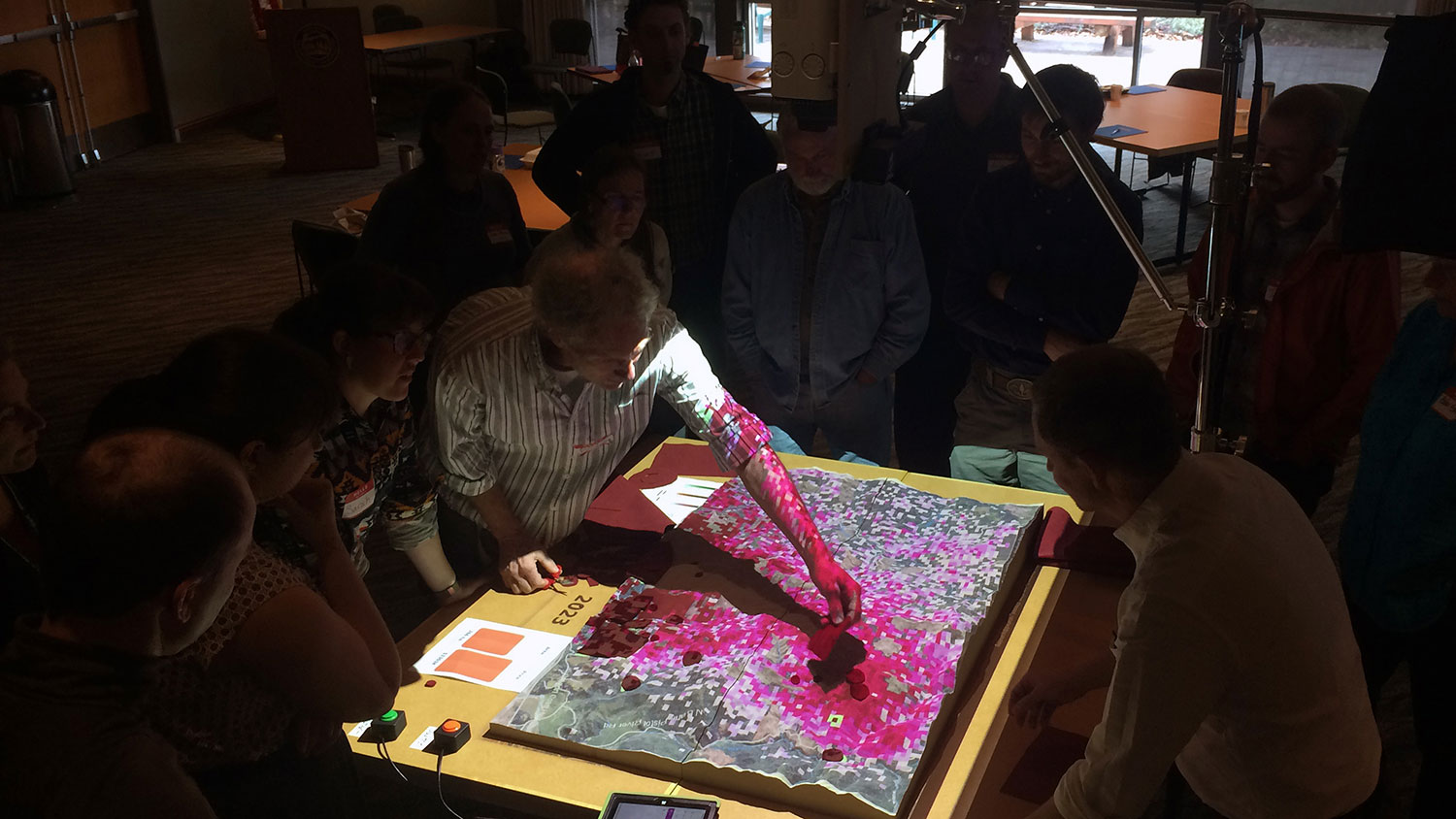
Can a Hands-on Model Help Forest Stakeholders Fight Tree Disease?
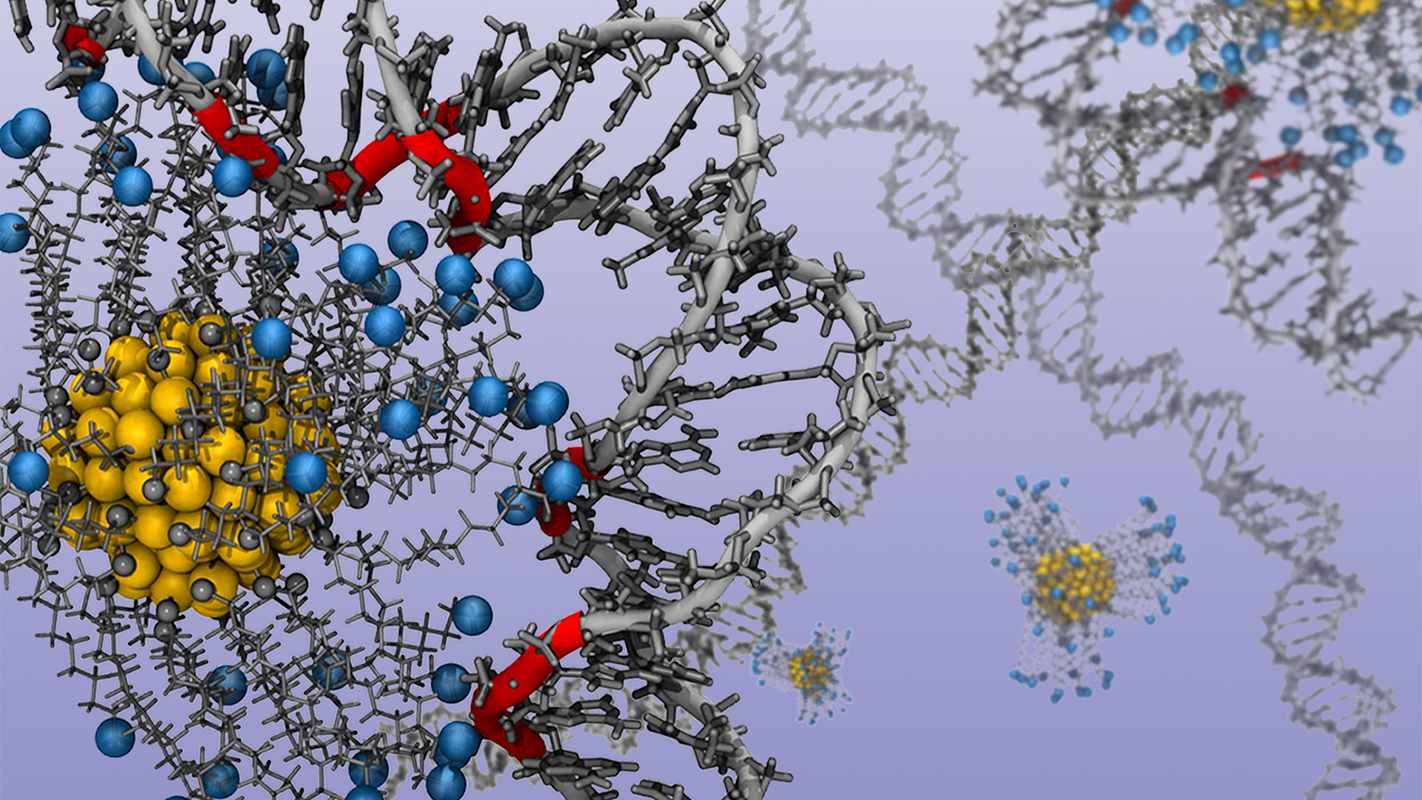
Researchers Detail How to Control Shape, Structure of DNA and RNA
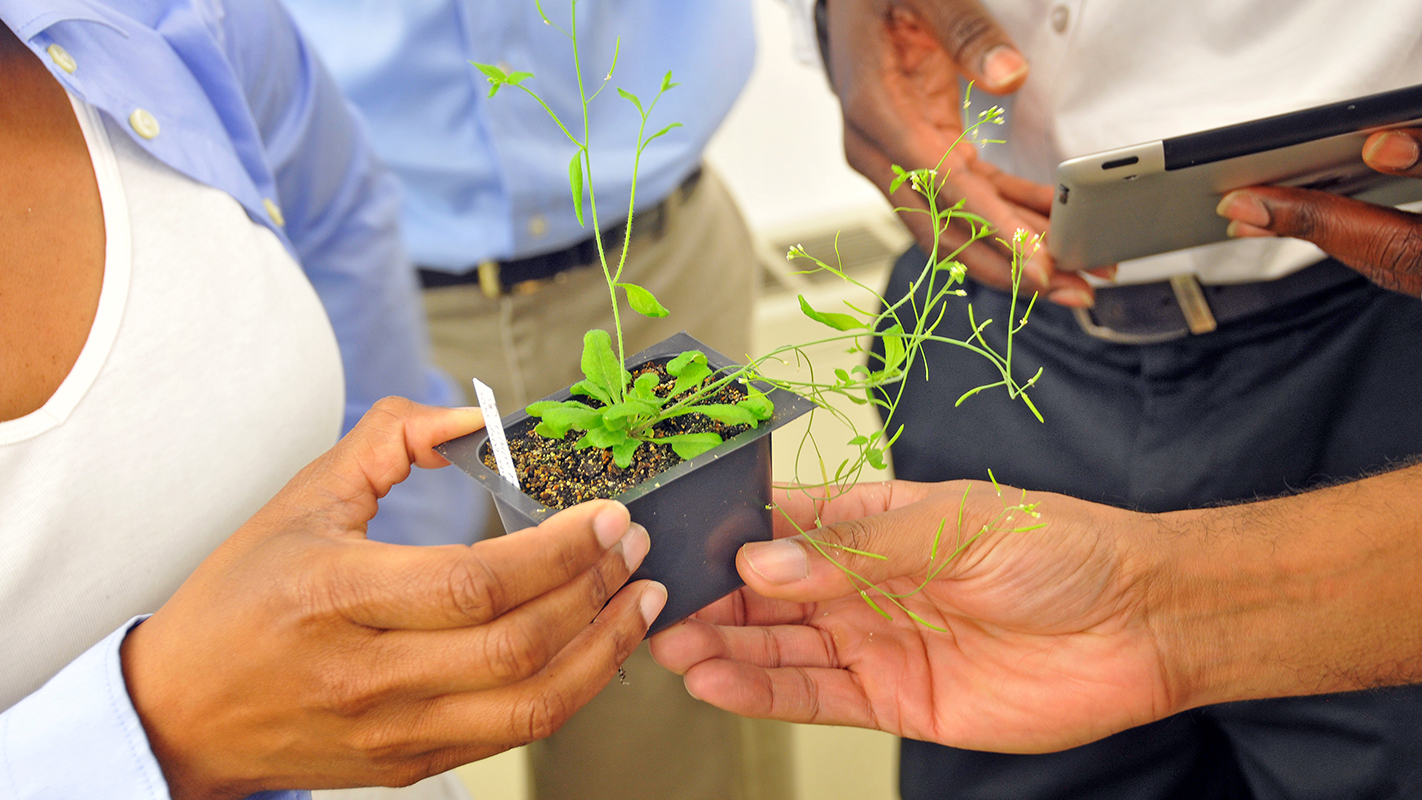
Modeling Tool IDs Genes That Control Stress Response in Plants
